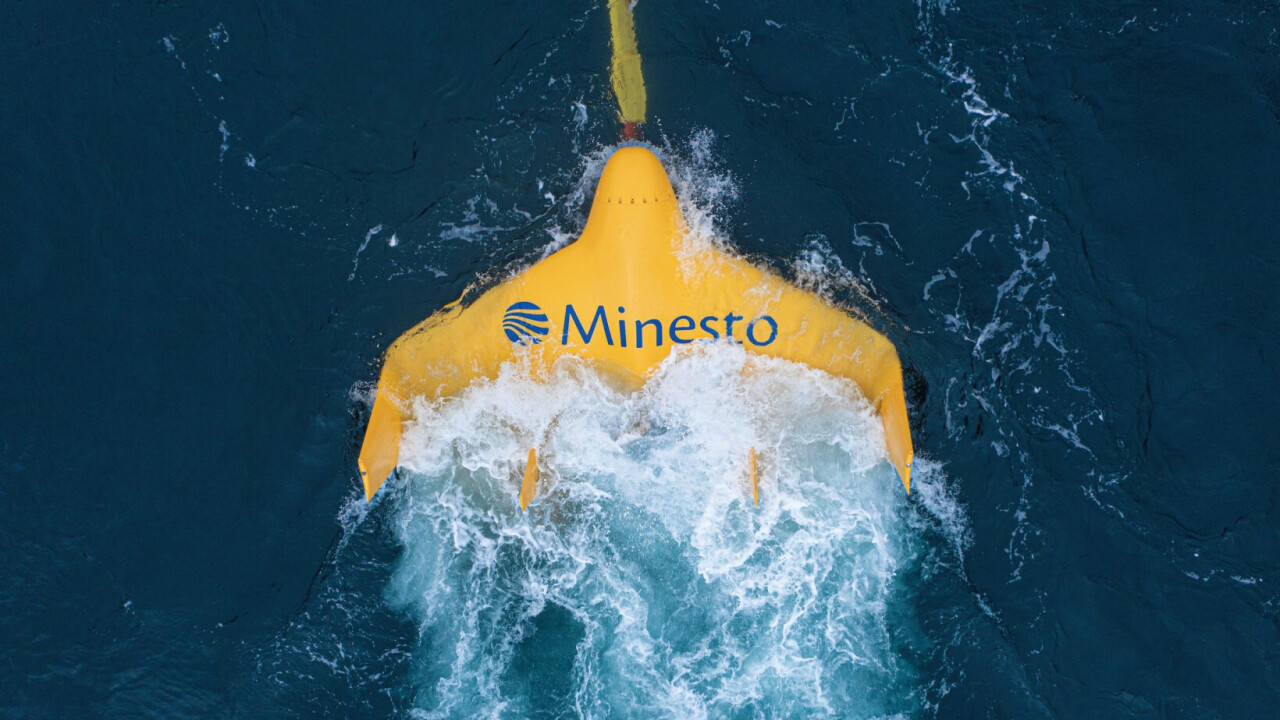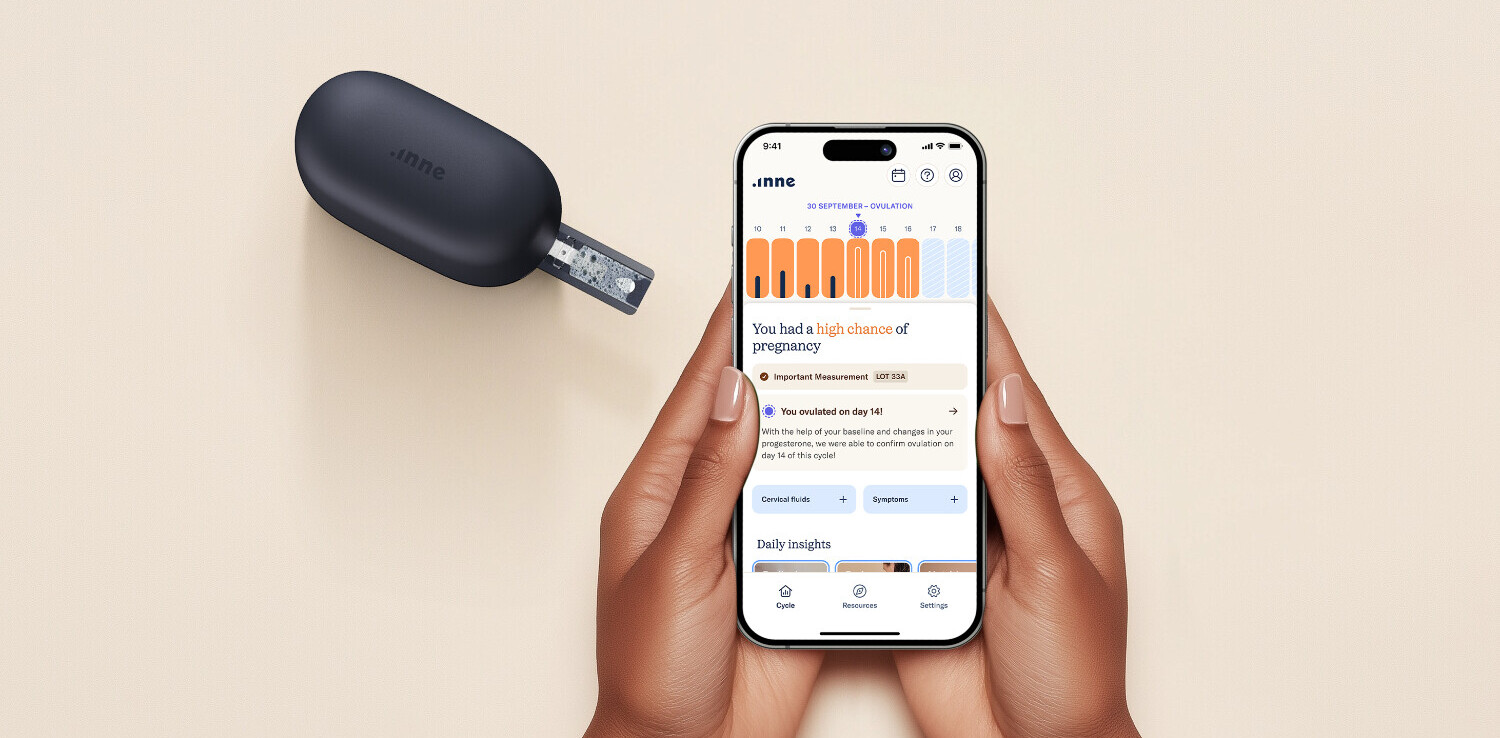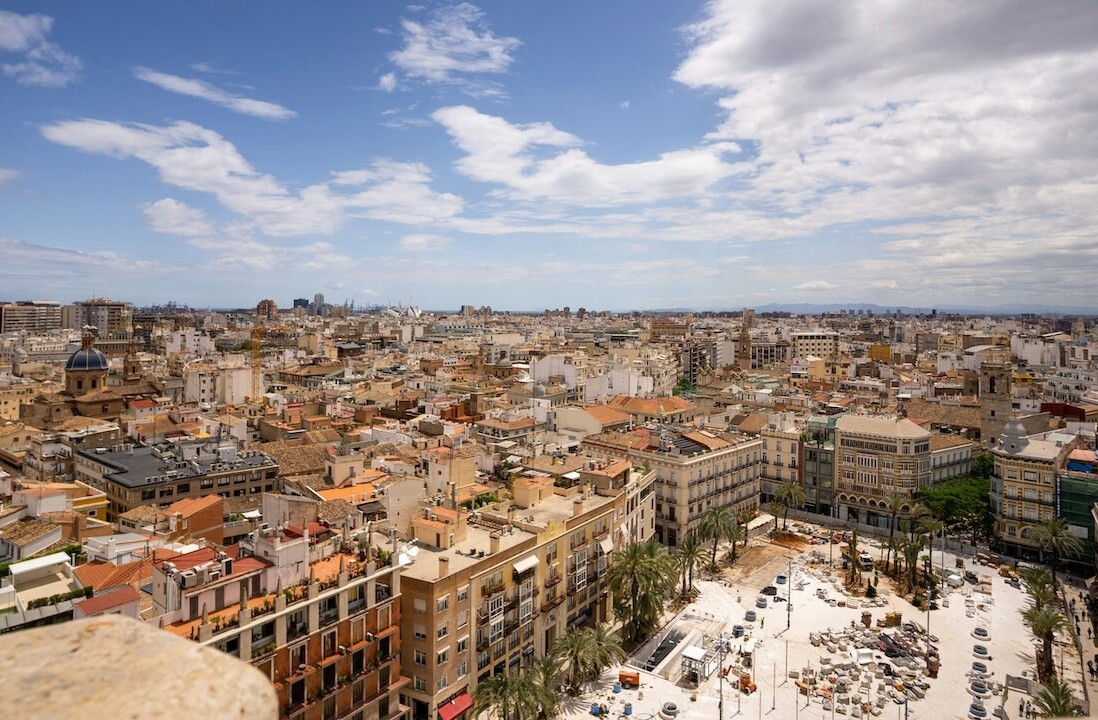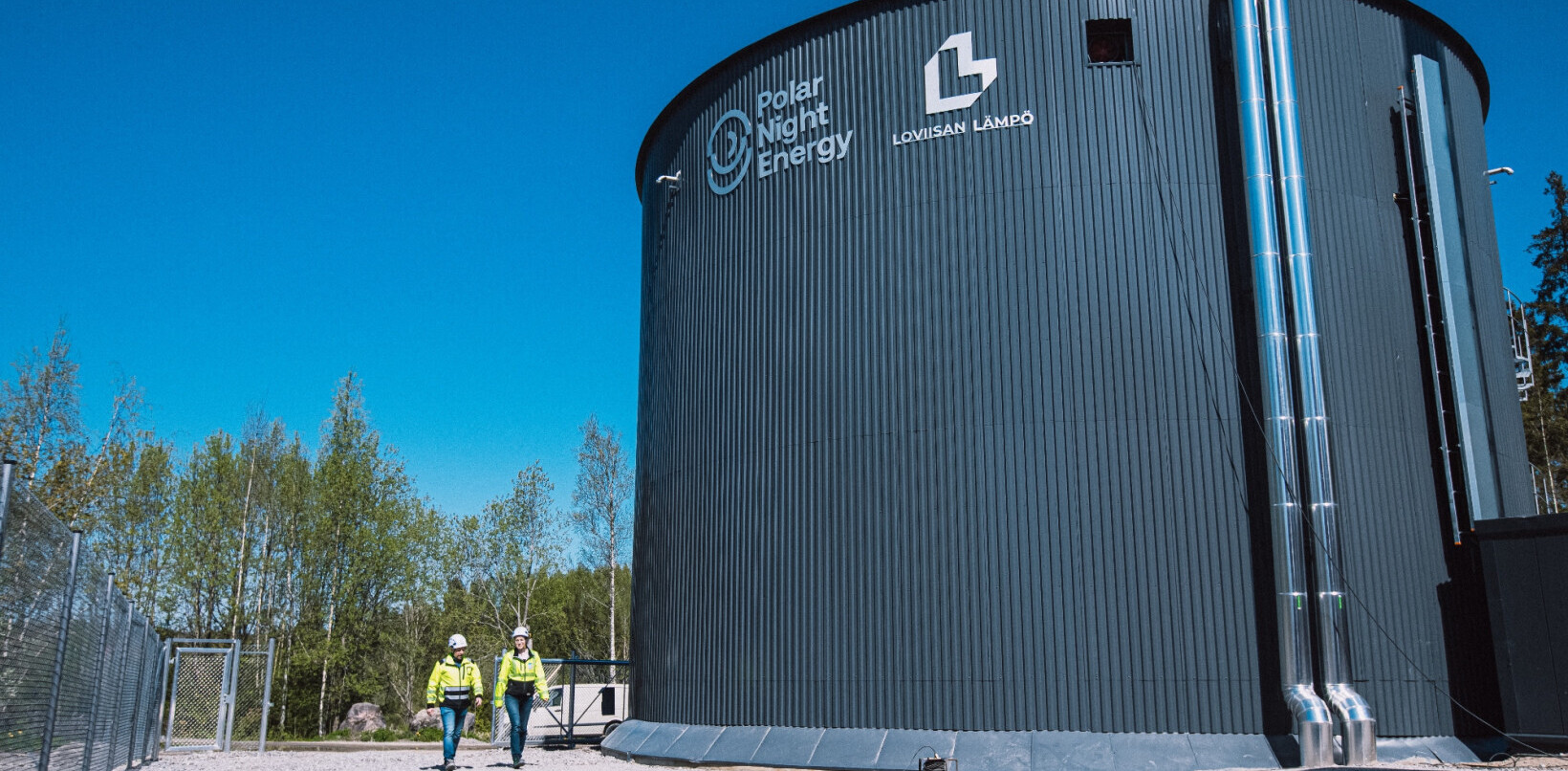
People have been harnessing tidal energy for milling grain for more than 1,000 years. As you’d imagine though, today’s contraptions for tapping this 24/7 power source are a little more sophisticated.
One of the most eye-catching designs to emerge in recent years is a giant metal ‘kite’ which swims underwater against the current, turning its rotor and generating electricity. Power is then sent to the grid via a subsea cable which also acts as the kite’s tether.
The biggest of these kites ever built, known as Dragon 12, is about to be installed off the Faroe Islands. With a wingspan of (you guessed it) 12 metres, the Dragon is expected to generate 1.2MW of clean electricity once operational — enough to power around 1,000 homes. The kite is now being shipped from Sweden to the Faroe Islands for installation.
The kite was first designed by carmaker Saab and then commercialised in 2007 by Swedish startup Minesto, which has been refining the technology ever since. With more than €40mn of funding from the European Regional Development Fund, Minesto claims to be the EU’s largest investment in marine energy to date.
Despite offering huge potential for renewable energy generation, tidal stream technology is still largely underutilised. This is partly because harnessing the ebb and flow of the ocean has historically involved the construction of expensive barges or instream turbines (essentially wind turbines tethered to the seabed) that can have adverse impacts on ocean life.
What differentiates Minesto’s technology, say its creators, is that it is relatively small, modular, and scalable. Similarly to how a kite travels through the air, the tidal turbine moves in a figure-of-eight motion through the water several times faster than the actual speed of the flowing water. Basically, this means it can punch far above its weight in terms of electricity generation.
Going forward, Minesto, along with local energy utility SEV, aims to build 120MW of tidal kite capacity in the Faroe Islands. This array, which would be made up of around 100 individual kites, could supply 40% of the archipelago’s electricity consumption.
Get the TNW newsletter
Get the most important tech news in your inbox each week.




